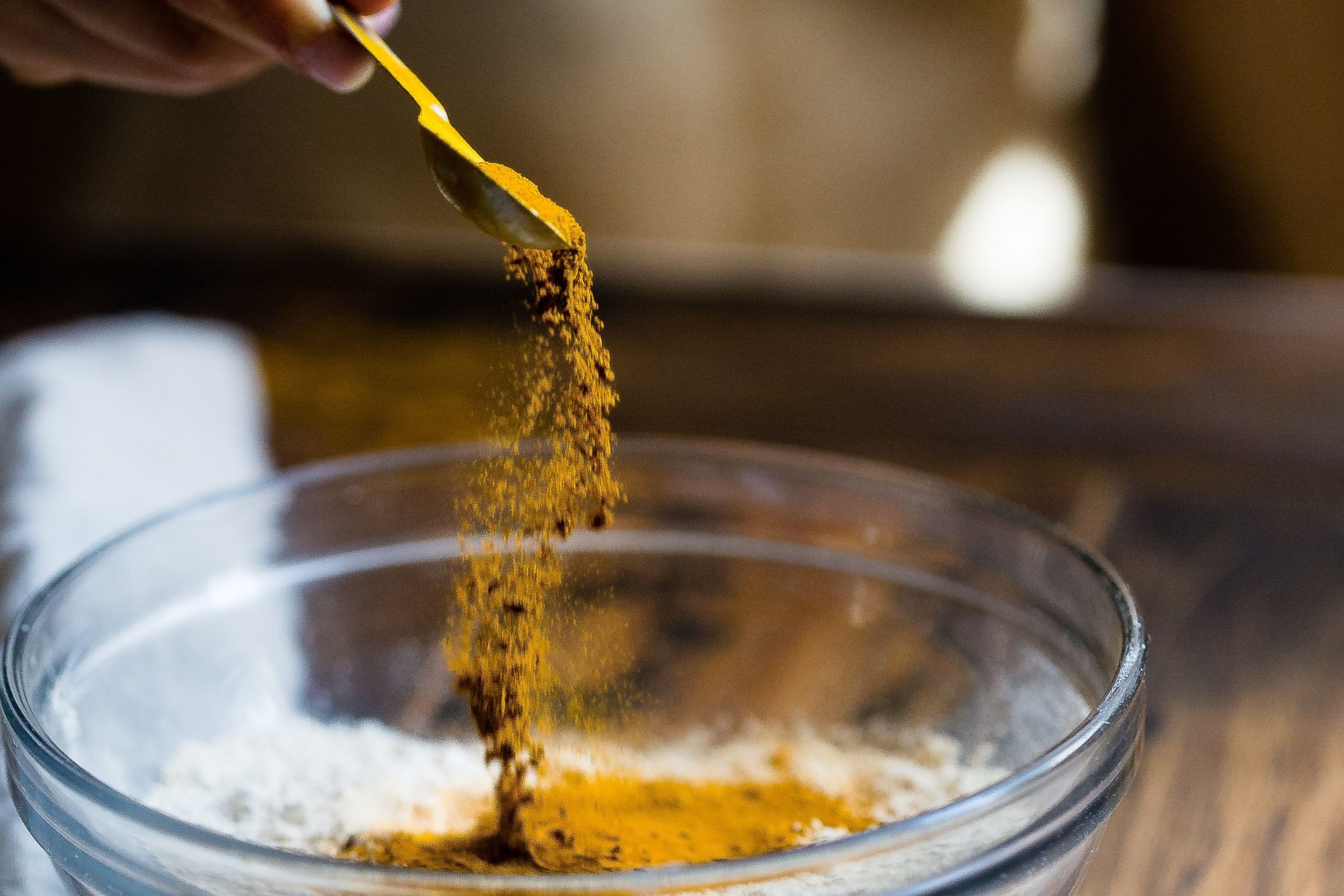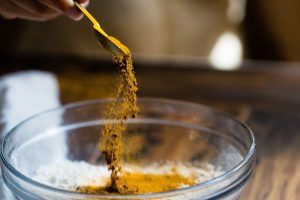Can anti-inflammatory spices help us live longer? The data may support it.
Longevity of life is one of the scariest paradoxes of modern life. Despite all our medical advances, most industrialized nations struggle to bring their average life expectancies beyond 80 years old. What’s more, there is little guarantee that our final years will be good: we will remain healthy enough to have fun or be lucid enough to decide how to spend each day.
Yet, five places in the world routinely defy expectations, as they can provide longer and healthier lives for their inhabitants. The reasons for this are complex, and you won’t be able to recreate all of them in your backyard – but you can tweak your diet to push your longevity further.
“Blue Zones”: Living Past 100 Years Old
“Blue Zones” were first identified by Gianni Pes and Michel Poulain, two authors and wellness experts. They coined this term to describe specific, slightly isolated communities that had an unusual amount of people who lived past 100 – and even more importantly, where people would routinely live past 90 without developing dementia or other life-changing illnesses.
So far, they have identified five Blue Zones:
- The island of Sardinia, in Italy
- The archipelago of Okinawa, in Japan
- The peninsula of Nicoya, in Costa Rica
- The island of Ikaria, in Greece
- The city of Loma Linda, in California
Spanning three continents and a vastly different population, it is hard to spot the commonalities at first glance. Yet, all five have developed surprisingly similar lifestyle habits for one reason or another.
What Makes Blue Zones Special?
Pes and Poulain have devoted their careers to unpacking the “magic formula” behind a Blue Zone. So far, they have found:
- These are all relatively small or insular communities. This means they are more likely to be tight-knit, for neighbors to help each other, and to provide a thorough social support network.
- Compared to big-city-dwellers, people living in Blue Zones are more likely to describe themselves as ”having a sense of purpose.”
- They all have relatively mild climates, which favors outdoor exercise year-round
- Their local diets use many fresh local ingredients, mainly produce, with little processing or added sugar.
Unfortunately, some of these features may be unavailable if you were born away from a temperate forest or the Mediterranean. Plus, some may be a happy coincidence and cannot be tested in a lab.
On the other hand, we have a lot of research on the effects of diet and micronutrient intake. In particular, the diets of these different regions share one key element: they contain large amounts of plant-based anti-inflammatories.
3 Anti-Inflammatory Spices Behind the Blue Zone Magic
Japanese cuisine may not resemble Greek food much – but if you look at their ingredients list at a cellular level, you will find some familiar effects. The three spices below all have potential anti-inflammatory and antioxidant action. Plus, they are all tasty and will provide your home-cooked meals with a richer flavor than a bouillon cube from the supermarket.
1. Ginger (Zingiber officinale)
This tasty route was once prized enough to fuel the first intercontinental voyages. In addition to adding a zesty undertone to your stews, ginger is full of gingerols and shogaols. These phenols have a near-immediate anti-inflammatory effect: if you’ve ever added a slice of fresh ginger to your tea, you will probably have noticed how your sore throat will go away instantly.
In addition, gingerols also have a longer-lasting antioxidant effect, as they can absorb the free radicals in your digestive system. This can help slow down the effects of aging inside your body and help prevent or relieve the symptoms of chronic conditions such as arthritis.
2. Turmeric (Curcuma longa)
Another member of the ginger family, turmeric is an earthy and aromatic root used widely in Asian cuisine. You can best recognize turmeric by its bright yellow color, provided by curcuminoids – a type of polyphenol with slow but more profound anti-inflammatory effects. Curcuminoids have shown much promise among patients with chronic joint pain and skin conditions, as they seem able to stop the “cascade” of impact that causes pain around inflamed tissue.
When combined with ginger (like in Okinawan cuisine), turmeric also helps potentiate ginger’s antioxidant and anticancer effects.
3. Garlic (Allium sativum)
Pungent, savory, and almost synonymous with Mediterranean cuisine, garlic doubles as a heart-healthy powerhouse. For centuries, we have known that fresh garlic juice is a potent antimicrobial and antiviral. Now we know this is thanks to allicin, a sulfur-based compound that creates an inhospitable environment for many harmful microbes.
However, the health effects of allicin don’t end there: according to more recent studies, allicin can help diminish inflammation in the cardiovascular system, especially around your blood vessels. In the long term, this will help you lower your blood pressure and prevent atherosclerosis (hardening of the arteries).
How To Get Anti-Inflammatory Spices in Your Diet?
Garlic, ginger, and turmeric are all easy to find and budget-friendly. Plus, they are all delicious and can be used to improve your home-cooked meals daily.
Let’s not forget that people’s extraordinary longevity in the Blue Zones stems partly from their attitude towards life. In these regions, people still prize the freshness of farm-to-table ingredients. They also take the time to decompress and bond with their extended family and friends. In this way, the food they serve at the Sunday table heals their bodies and souls.
Take a page from their cookbook!
Think differently about your health with Society of Wellness. Get your free health assessment here.
Image Credit: Photo by Taylor Kiser on Unsplash





